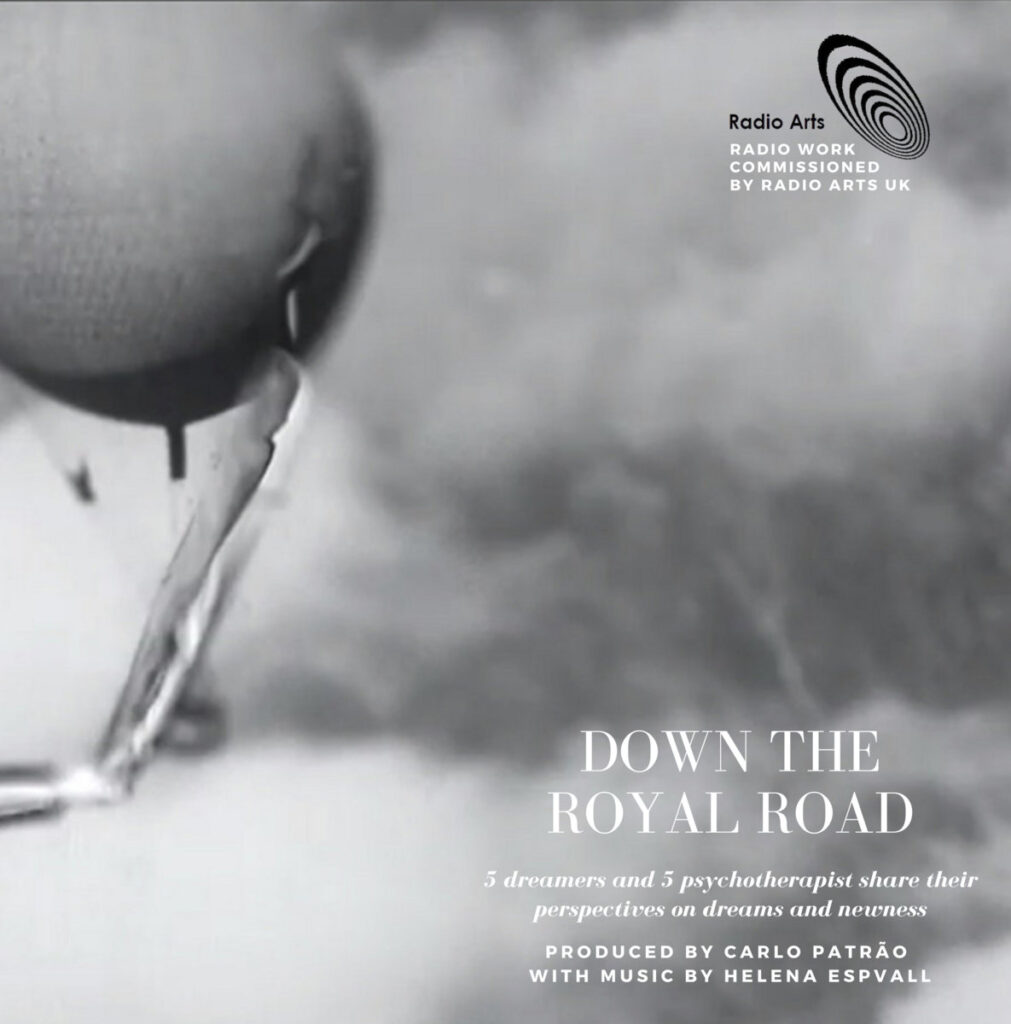Monday, January 16. from 6.20pm (88.8FM)
 Zepelim’s radio piece Down The Royal Road will be broadcast at the FM exhibition wolFMoon by radioCona FM (88.8FM) from the Institute for Contemporary Arts Processing in Ljubljana, Slovenia. For eight nights in a row (12 – 19 January 2017) radioCona will tune in every evening at 6:20PM, at the time when day turns into night. More info – Flyer – Live Stream
Zepelim’s radio piece Down The Royal Road will be broadcast at the FM exhibition wolFMoon by radioCona FM (88.8FM) from the Institute for Contemporary Arts Processing in Ljubljana, Slovenia. For eight nights in a row (12 – 19 January 2017) radioCona will tune in every evening at 6:20PM, at the time when day turns into night. More info – Flyer – Live Stream
This FM exhibition will focus on dreamscapes and the slipping between the conscious and unconscious states, coming and going from wakefulness to abandon, laying on the liminal zones of consciousness, or interrogating cognitive processes – from dream narratives to the unheard sounds of the sleeping bodies, from streams of consciousness to exploring listening as a psychoanalytical tool.
Curated by Elena Biserna, Irena Pivka, Brane Zorman and Anna Friz/ Konrad Korabiewski
Artists: Ximena Alarcon, Dinah Bird, Stéphane Claude, Richard Crow, Delia Derbyshire, Leif Elggren, Anna Friz, Mario Gauthier, Fernando Godoy, Magz Hall, Olivia Humphreys, GX Jupitter-Larsen, Konrad Korabiewski, Samo Kutin, Brandon LaBelle, Francisco López, Tumi Magnússon, Michael McHugh and Noizechoir, Mikel R. Nieto, Maria Papadomanolaki, Carlo Patrão, Boštjan Perovšek, Luka Prinčič, Jean-Philippe Renoult, Francois Tariq Sardi, tobias c.van Veen, Mark Vernon, Tao G. Vrhovec Sambolec, James Webb, Jana Winderen, Emiliano Zelada, Brane Zorman.







